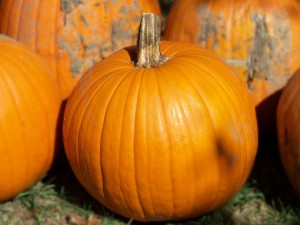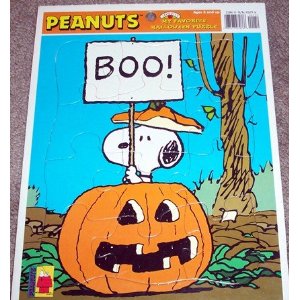When I got back to the airport on the weekend my husband and I waited for my luggage. It’s become a shared joke that I ask him to pick up my grey suitcase and he asks if I mean my green one. I will admit there is a hint of green but the color is so dull that it cannot possibly be green; it’s grey.
Learning colors is difficult for children, not just because of all the variations for each one. In order for children to learn a color they need to see lots of things that are that color and lots that are not, gradually figuring out which shades go with which name. Colors are not objects but many different objects will share a color; suitcases, pants, coats, rocks and elephants are grey. I have posted about colors before because kids need lots of experiences and practice to learn about colors.
 Many kindergarten readiness checklists include being able to identify colors. This gives teachers an idea of a child’s level of thinking skills. Kids who are struggling with colors may be struggling with other concepts, too. To help your little one with the readiness for kindergarten concept of colors, use the motivation of a pumpkin. What color is it? What other things are orange like pumpkins? Oranges, traffic cones, cheese, carrots, clownfish, etc. Might there be some orange crayons or paints or playdough at your house or care center? Or an orange snack? Orange you having fun?
Many kindergarten readiness checklists include being able to identify colors. This gives teachers an idea of a child’s level of thinking skills. Kids who are struggling with colors may be struggling with other concepts, too. To help your little one with the readiness for kindergarten concept of colors, use the motivation of a pumpkin. What color is it? What other things are orange like pumpkins? Oranges, traffic cones, cheese, carrots, clownfish, etc. Might there be some orange crayons or paints or playdough at your house or care center? Or an orange snack? Orange you having fun?

